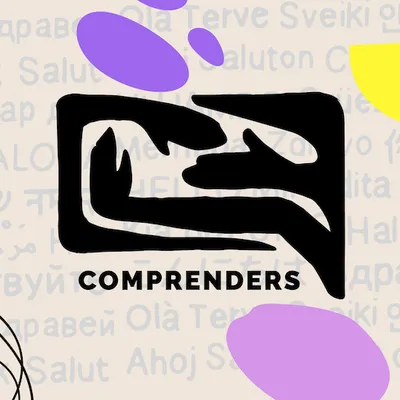
How does vocabulary development differ at C1 level in Spanish
Vocabulary development at the C1 level in Spanish focuses on mastering a wide range of sophisticated and nuanced vocabulary, including idiomatic expressions, collocations, and subject-specific terms. At this stage, learners move beyond basic and intermediate vocabulary to become proficient in understanding and using complex language structures with precision and flexibility. They also work on expanding their active vocabulary for both formal and informal contexts, enhancing their ability to convey subtle meanings and emotions effectively. Additionally, vocabulary development at C1 includes refining knowledge of synonyms, antonyms, and connotations, alongside idiomatic phrases and cultural references that are integral to fluent communication in Spanish.